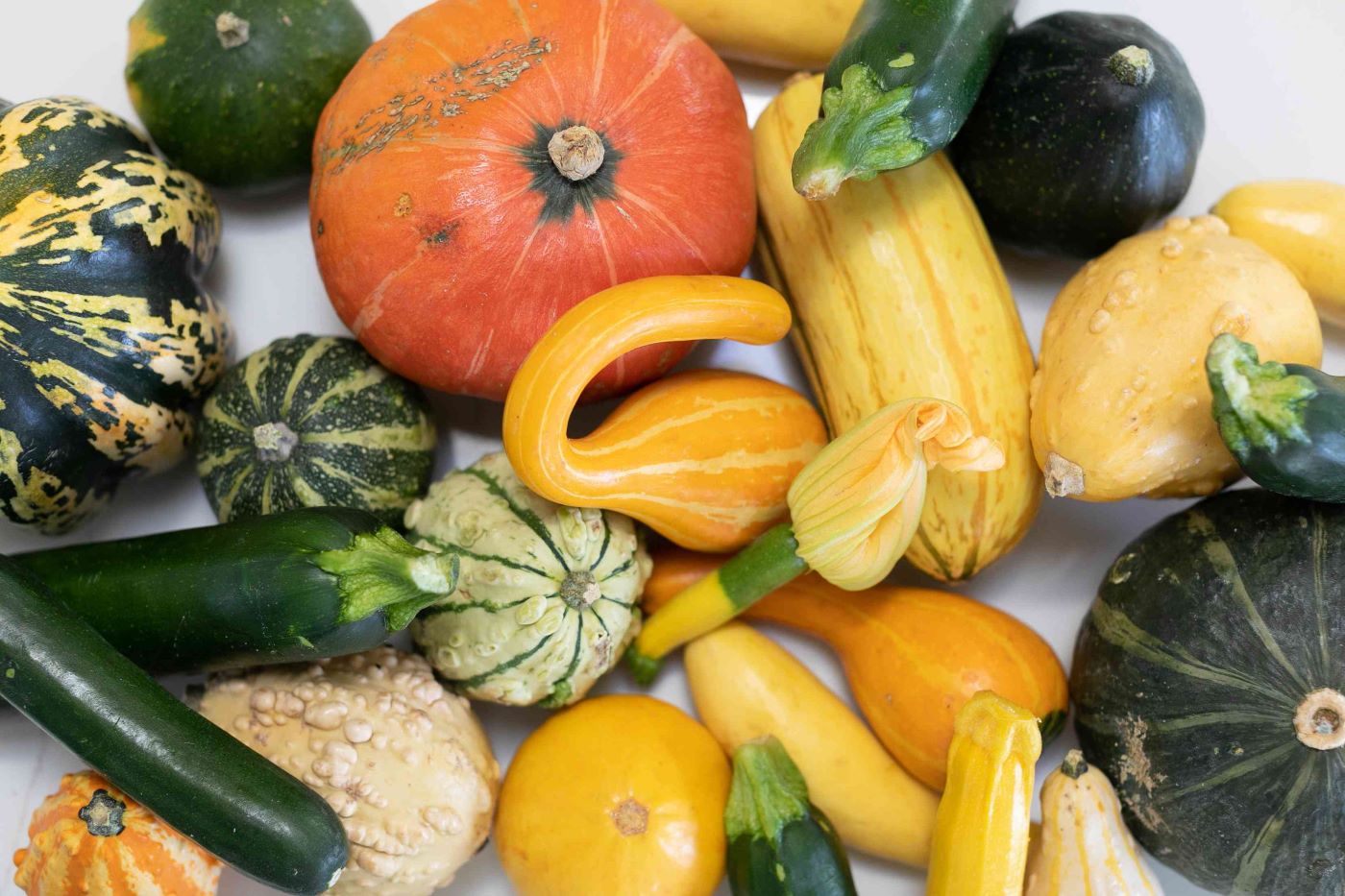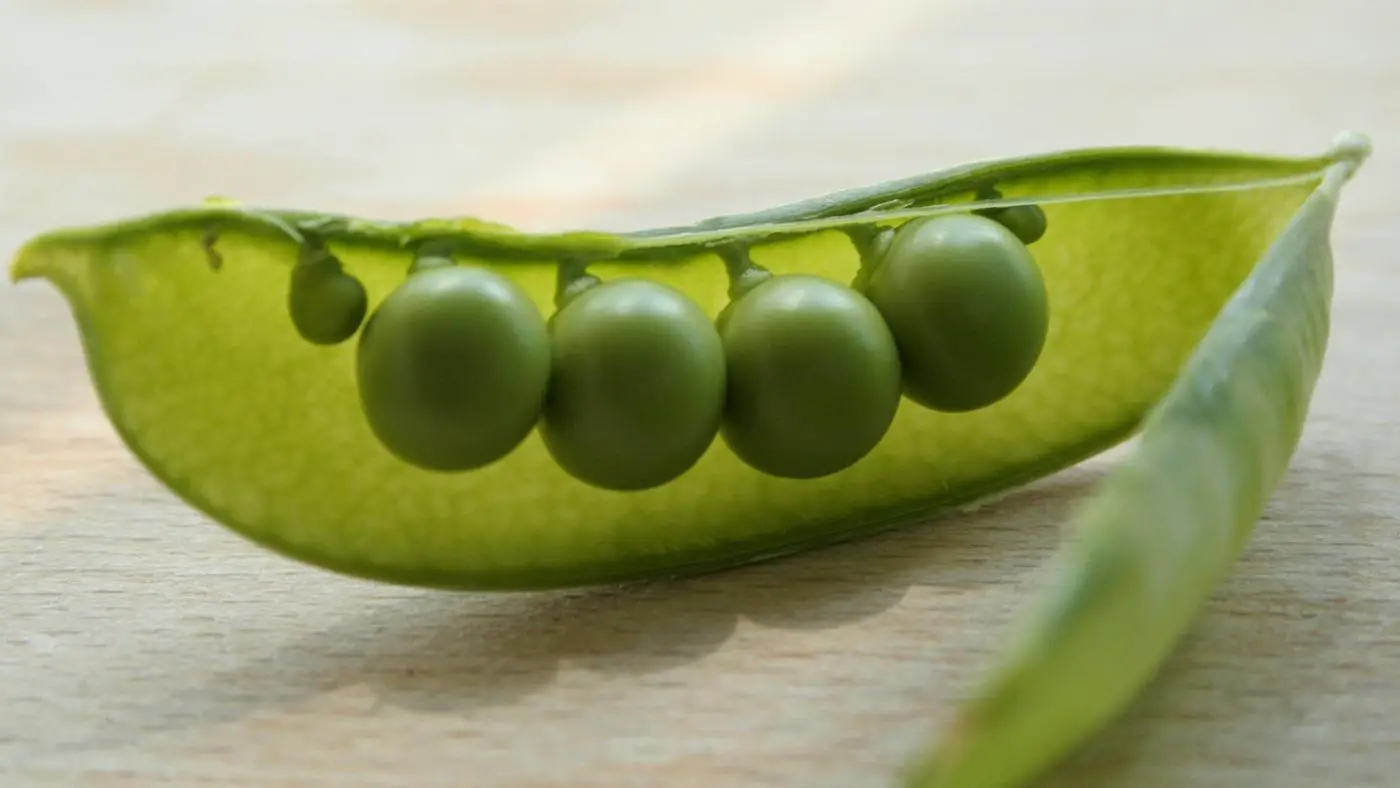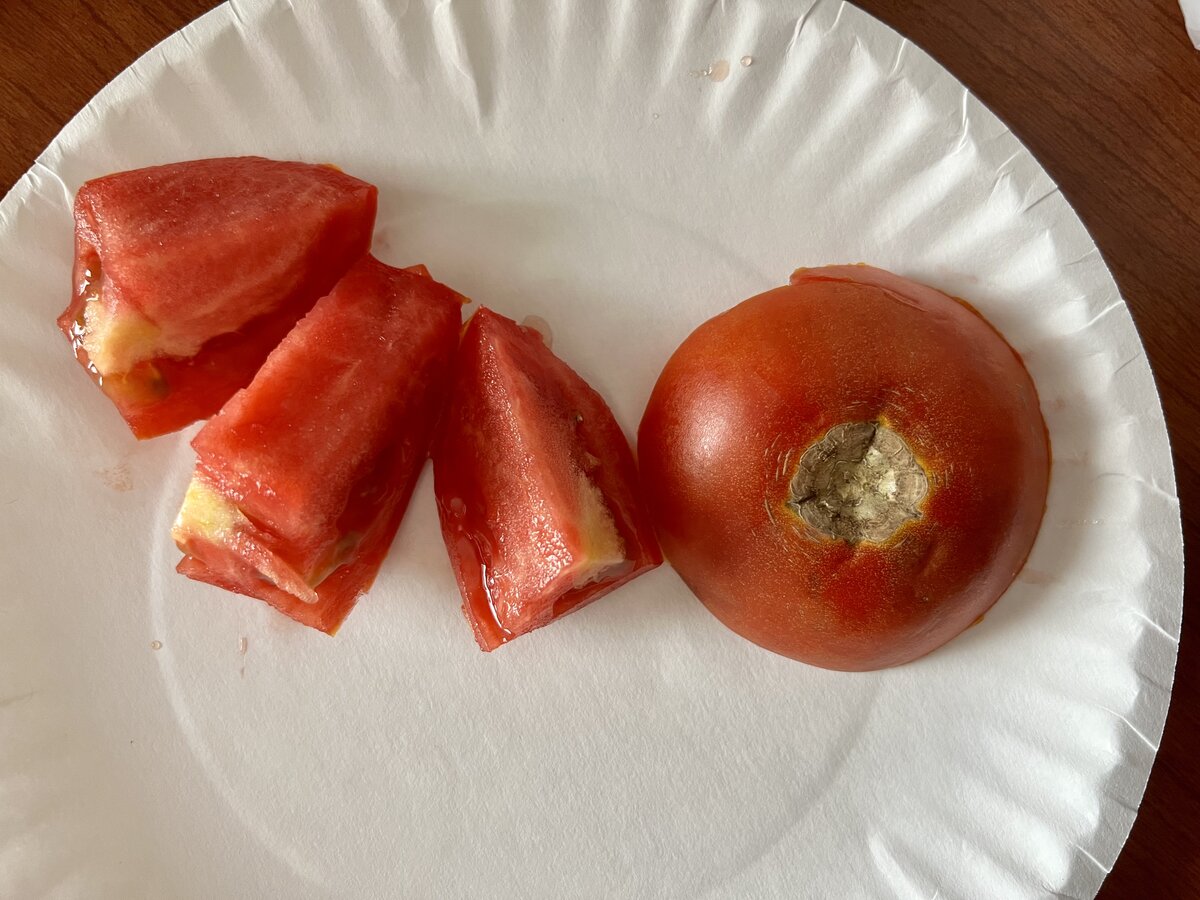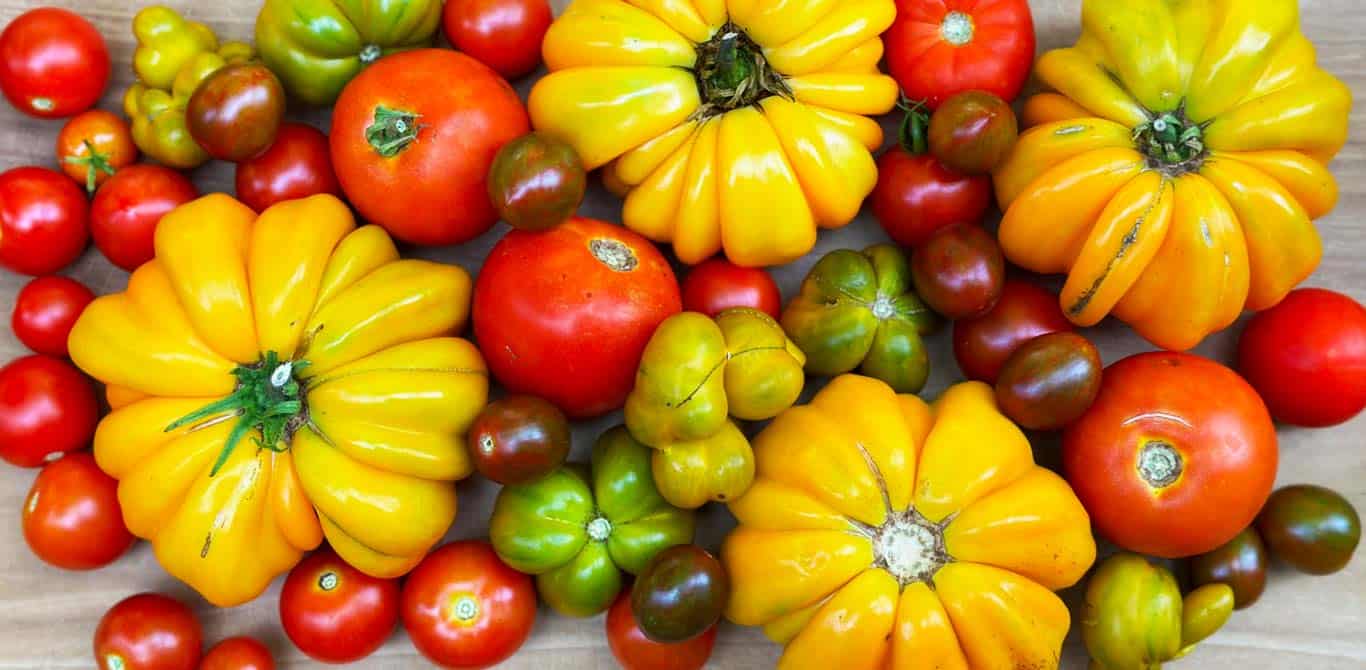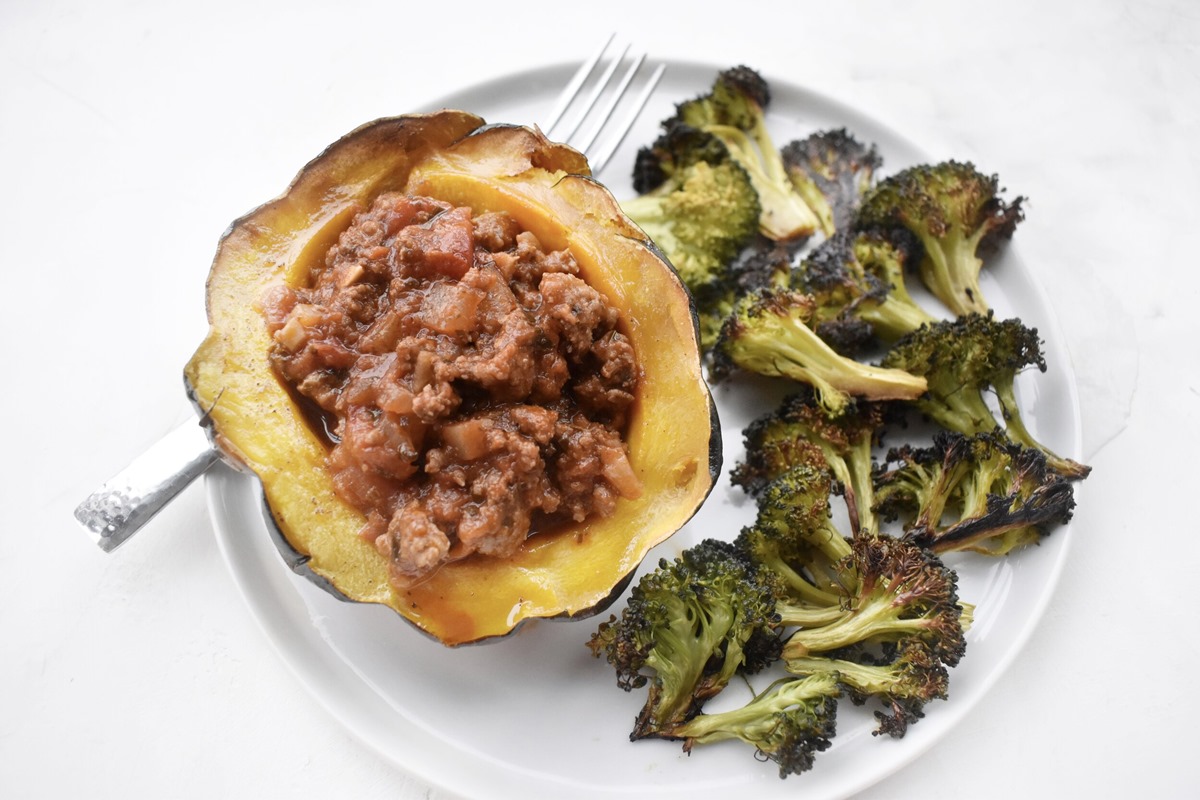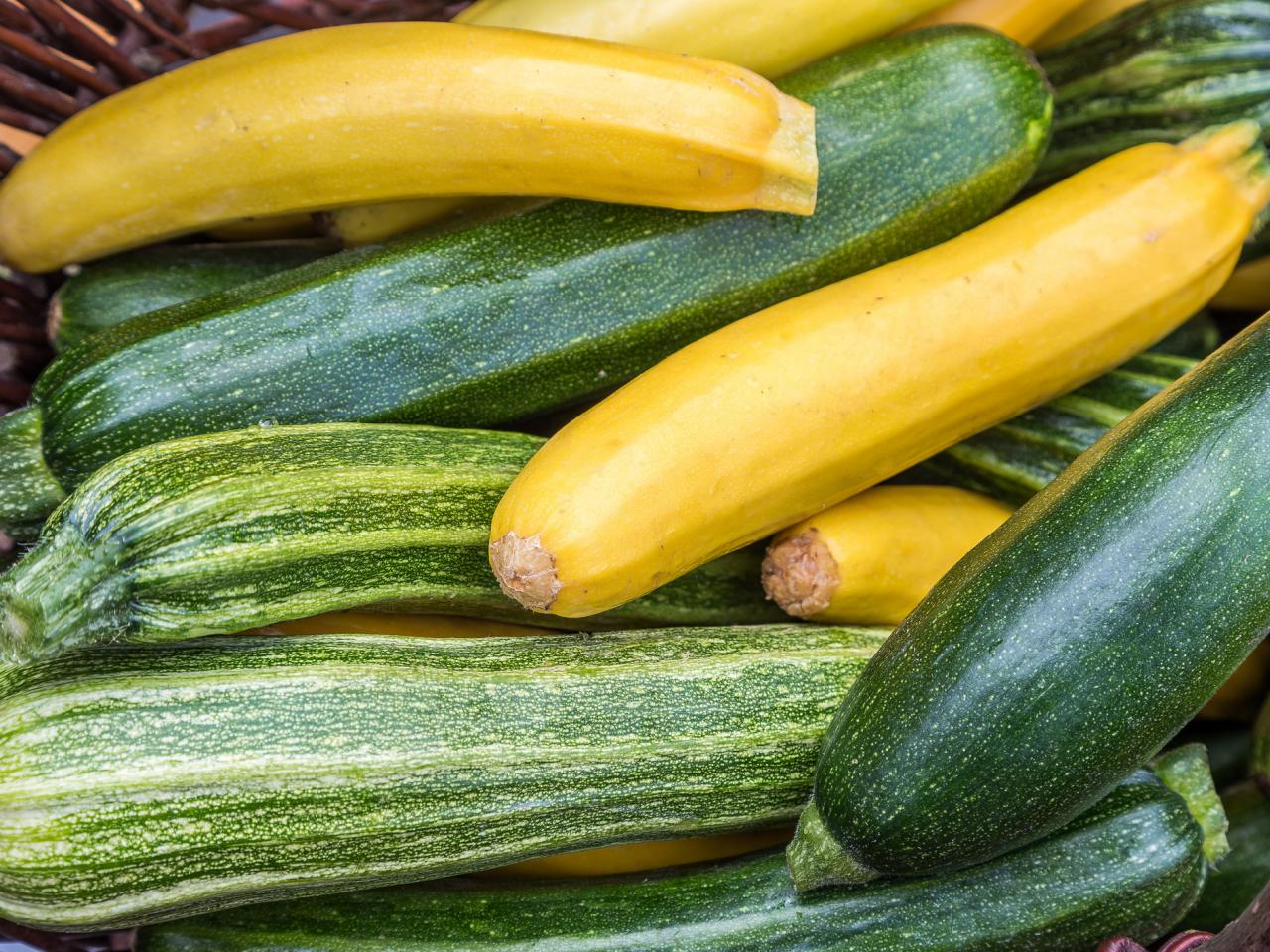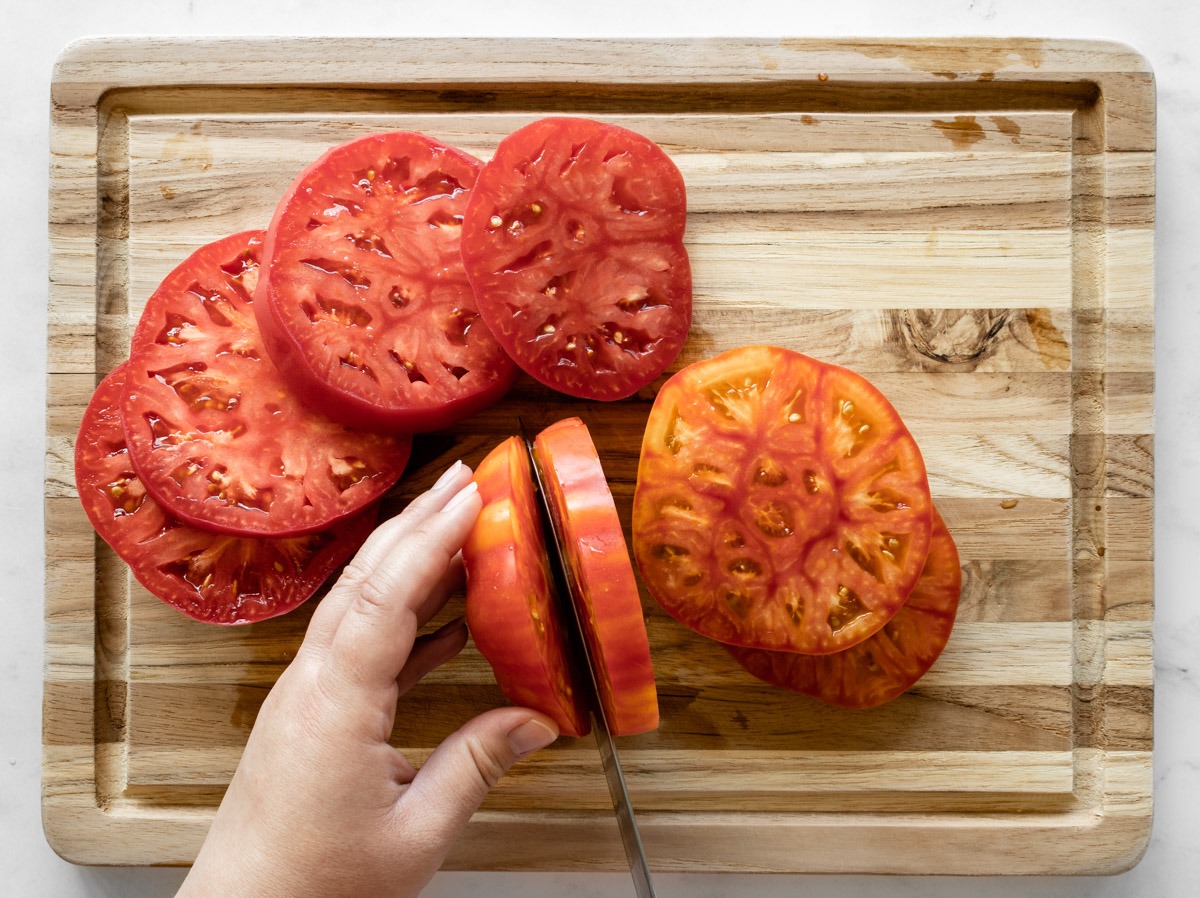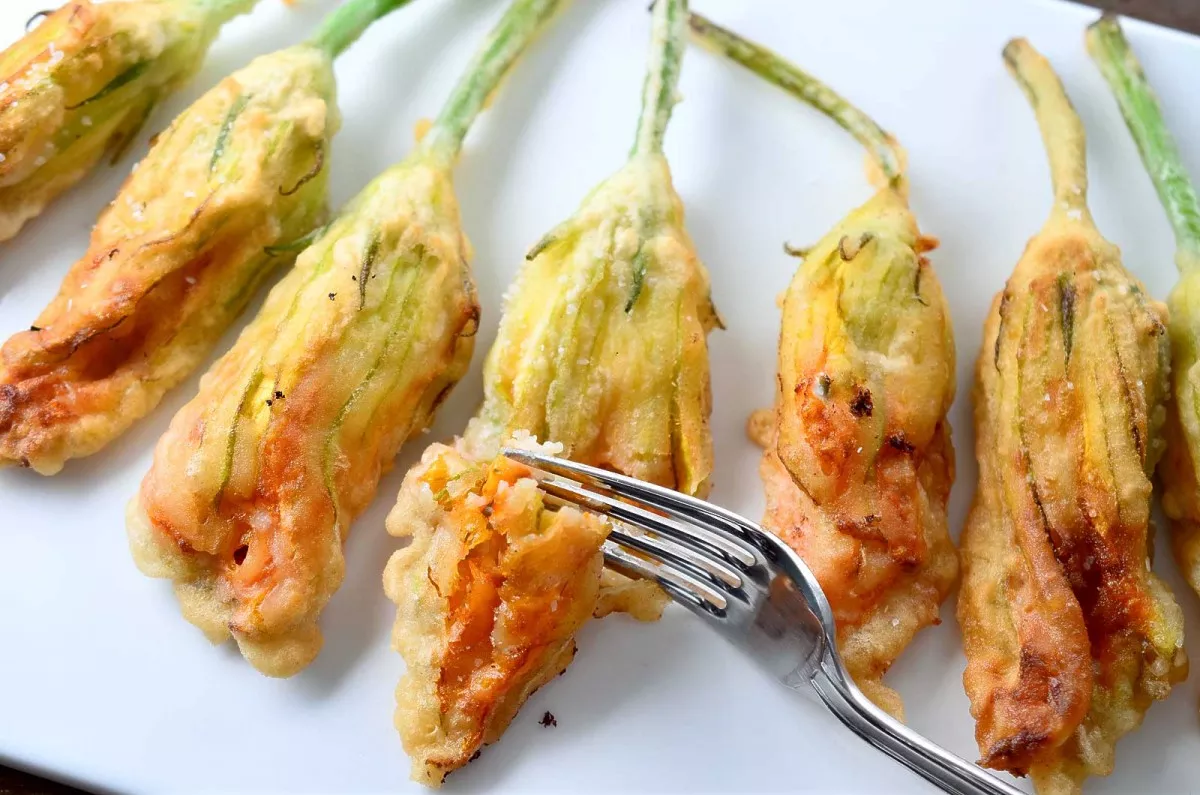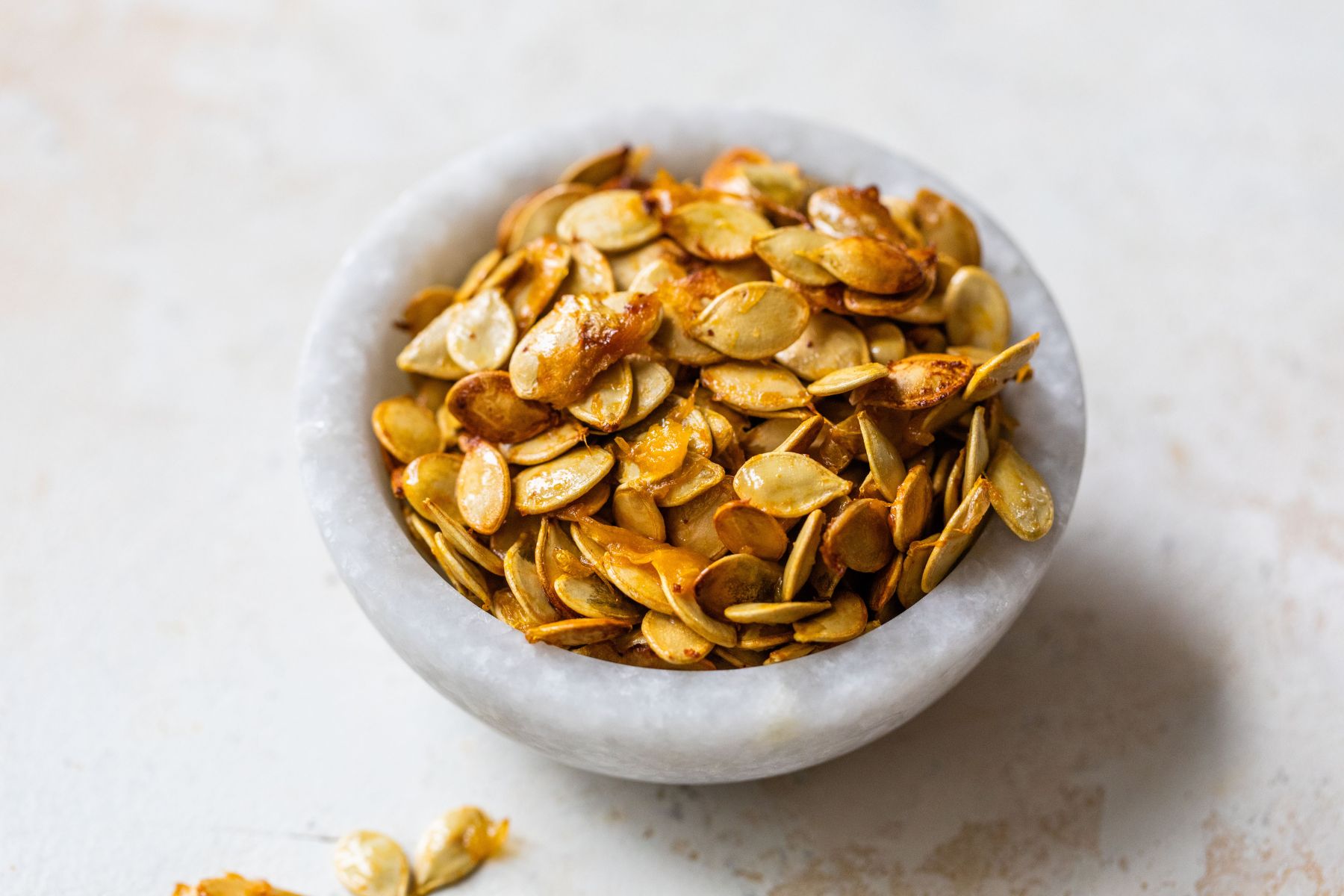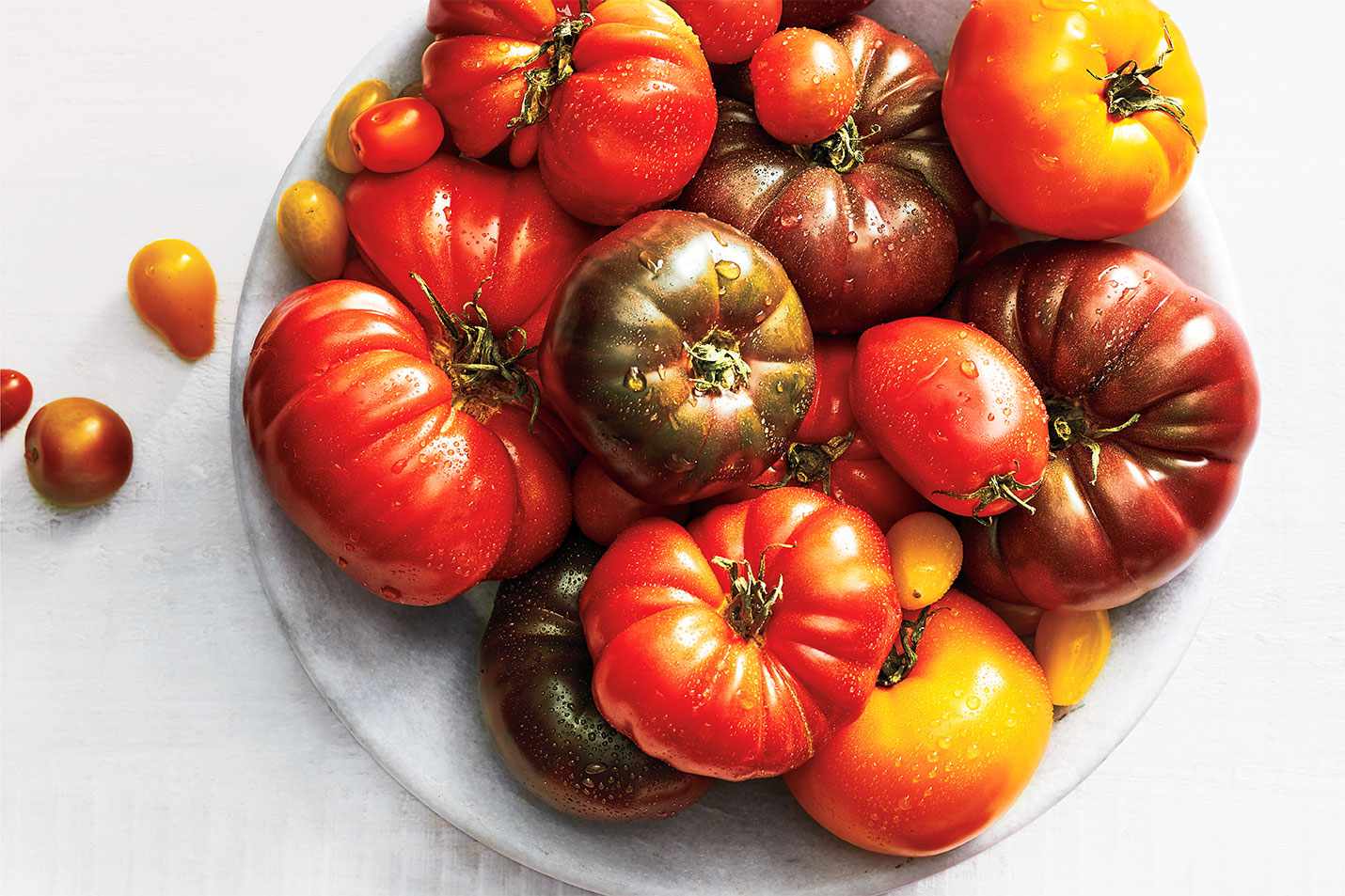Heirloom squash varieties offer a colorful, flavorful journey into the past. Unlike common supermarket squash, these unique types have been passed down through generations, preserving their distinct tastes and appearances. From the nutty sweetness of Delicata to the rich, creamy texture of Buttercup, each variety brings something special to the table. Growing heirloom squash not only supports biodiversity but also connects us to culinary traditions. Whether roasted, baked, or pureed, these squashes can transform any dish into a gourmet experience. Dive into the world of heirloom squash and discover the rich heritage and flavors they bring to your kitchen.
Gathering Your Ingredients for Heirloom Squash Varieties
- Butternut Squash
- Acorn Squash
- Kabocha Squash
- Delicata Squash
- Spaghetti Squash
- Hubbard Squash
- Turban Squash
- Sweet Dumpling Squash
Essential Tools for Exploring Heirloom Squash Varieties
- Chef's Knife: For precise cutting and chopping of squash.
- Vegetable Peeler: Essential for peeling tough skins.
- Cutting Board: Preferably large and sturdy.
- Spoon: To scoop out seeds and fibrous insides.
- Baking Sheet: For roasting squash in the oven.
- Parchment Paper or Silicone Baking Mat: To prevent sticking and ensure easy cleanup.
- Heavy-Duty Oven Mitts: Protect hands from hot pans and squash.
- Blender or Food Processor: For pureeing cooked squash, if needed.
- Large Pot with Lid: For boiling or steaming squash.
- Steaming Basket: Fits inside the pot for steaming option.
- Skillet: For sautéing or pan-roasting squash.
- Measuring Cups and Spoons: For accurate ingredient portions.
- Mixing Bowls: Various sizes for ingredient prep.
- Whisk or Fork: To blend ingredients smoothly.
- Spatula: For stirring and flipping squash during cooking.
Heirloom squash varieties, like Kabocha, Delicata, and Hubbard, offer unique flavors and textures. Perfect for autumn dishes, each brings its own taste profile, from sweet to nutty, enhancing seasonal menus.
Why Dive into Heirloom Squash Varieties?
Heirloom squash varieties offer a rich history and diverse flavors. These unique squashes have been passed down through generations, preserving genetic diversity. They often have distinct shapes, colors, and tastes that you won't find in commercial varieties. Growing heirloom squash helps maintain biodiversity and supports sustainable agriculture practices.
Farmers and gardeners choose heirloom squash for their resilience and adaptability. These plants are often more resistant to pests and diseases. By cultivating heirloom varieties, we honor traditions and promote food security. Plus, they add a touch of history and flavor to our meals, making them a delight to grow and eat.
Step-by-Step Guide to Heirloom Squash Varieties
Exploring the World of Heirloom Squash Varieties
-
Identify Heirloom Squash Varieties
- Butternut Squash: Known for its sweet, nutty flavor and smooth texture.
- Acorn Squash: Small, ribbed, and typically dark green with a sweet, slightly nutty taste.
- Delicata Squash: Cream-colored with green stripes, offering a rich, sweet flavor.
- Hubbard Squash: Large, bumpy, and often blue or green, with a dense, sweet flesh.
- Kabocha Squash: Japanese variety, green and squat, with a sweet, chestnut-like flavor.
- Spaghetti Squash: Yellow and oval, known for its stringy flesh that resembles spaghetti.
- Pattypan Squash: Small, scalloped edges, and can be yellow, green, or white, with a mild flavor.
-
Understand Growing Conditions
- Soil: Rich, well-drained soil with a pH between 6.0 and 6.8.
- Sunlight: Full sun, at least 6-8 hours of direct sunlight daily.
- Watering: Consistent moisture, about 1 inch of water per week.
- Spacing: Plant seeds 1 inch deep, spacing plants 3-4 feet apart.
-
Planting Heirloom Squash
- Seed Starting: Start seeds indoors 3-4 weeks before the last frost date.
- Transplanting: Move seedlings outdoors after the danger of frost has passed.
- Direct Sowing: Sow seeds directly into the garden after the last frost date.
-
Caring for Heirloom Squash Plants
- Mulching: Apply mulch to retain moisture and suppress weeds.
- Fertilizing: Use a balanced fertilizer every 4-6 weeks.
- Pruning: Remove any dead or diseased leaves to promote healthy growth.
- Pest Control: Monitor for pests like squash bugs and vine borers, using organic methods if needed.
-
Harvesting Heirloom Squash
- Timing: Harvest summer squash when tender and about 6-8 inches long. Harvest winter squash when the skin is hard and cannot be punctured with a fingernail.
- Cutting: Use a sharp knife or pruners to cut the squash from the vine, leaving a few inches of stem attached.
- Curing: Cure winter squash by placing them in a warm, dry area for 10-14 days to harden the skin and improve storage life.
-
Storing Heirloom Squash
- Summer Squash: Store in the refrigerator for up to a week.
- Winter Squash: Store in a cool, dry place with good air circulation for several months.
- Freezing: Blanch and freeze squash for long-term storage.
-
Cooking with Heirloom Squash
- Roasting: Cut squash into pieces, toss with oil and seasonings, and roast at 400°F until tender.
- Steaming: Steam squash pieces until soft, then mash or puree.
- Stuffing: Hollow out squash and fill with a mixture of grains, vegetables, and proteins.
- Soups and Stews: Add diced squash to soups and stews for added flavor and nutrition.
Celebrating Heirloom Squash
Heirloom squash varieties bring unique flavors, colors, and textures to your table. These time-honored gems offer more than just a meal; they connect us to our culinary past. From the buttery sweetness of Delicata to the nutty richness of Kabocha, each type has its own story and taste profile.
Cooking with heirloom squash can be a fun adventure. Try roasting, grilling, or even making soups to fully appreciate their diverse flavors. Don’t forget to save the seeds for next season, keeping the tradition alive.
Next time you're at the market, pick up an heirloom squash. Experiment with new recipes and savor the difference. These varieties not only enrich your meals but also support biodiversity and sustainable farming practices. Enjoy the journey of discovering and cooking with these culinary treasures.
Common Questions About Heirloom Squash Varieties
What makes heirloom squash varieties stand out from their more common counterparts?
Heirloom squash have a knack for bringing unique flavors, textures, and colors to the table that you won't find in the standard varieties. Grown from seeds passed down through generations, these old-world gems offer a taste of history and biodiversity that's hard to beat. Plus, they're often more sustainable, as they're adapted to grow well in their local environments without needing a ton of extra inputs.
How can I tell if a squash is an heirloom variety?
Spotting an heirloom squash is all about knowing its story. These varieties are often labeled as such at farmers' markets or in specialty stores. Look for names that hint at a rich history or geographical origin. Also, their appearance might give them away; they often have unique shapes, sizes, and colors that set them apart from the more uniform commercial types.
Can heirloom squash be grown in any garden?
Absolutely, but with a little caveat. While heirloom squash can thrive in a variety of settings, they do best when their specific needs are met. This means paying close attention to soil quality, sunlight, and water requirements. Some might need more space to sprawl out, while others could prefer certain climate conditions. But don't let that deter you; part of the fun is learning and experimenting!
What are some popular heirloom squash varieties to try?
Oh, where to start? For a real taste adventure, check out varieties like 'Blue Hubbard', with its sweet, nutty flesh, or 'Carnival', which looks as festive as its name suggests. 'Delicata' is another favorite, offering a creamy texture and a flavor that hints at corn and sweet potatoes. And let's not forget 'Kabocha', often called Japanese pumpkin, known for its rich, sweet taste perfect for soups and pies.
How should heirloom squash be stored to maintain freshness?
Keeping your heirloom squash fresh is all about cool, dry places. Most varieties will do just fine in a pantry or on a countertop away from direct sunlight. If you've cut into one, wrap the cut surface in plastic wrap and refrigerate. Just remember, some varieties have a longer shelf life than others, so it's worth doing a bit of research on your specific type.
Are there any special tips for cooking with heirloom squash?
Cooking with heirloom squash opens up a world of possibilities. Since each variety has its own unique flavor and texture, a little experimentation goes a long way. Generally, roasting brings out their natural sweetness, making it a great starting point. Don't be afraid to play with spices and herbs; many heirloom varieties pair wonderfully with both sweet and savory profiles. And always, tasting as you go is key to finding that perfect balance.
What are the nutritional benefits of incorporating heirloom squash into my diet?
Heirloom squash aren't just a feast for the eyes; they're packed with vitamins, minerals, and fiber. They're an excellent source of vitamins A and C, essential for immune health and skin vitality. Plus, they're loaded with antioxidants and can be a great low-calorie addition to any meal, supporting overall health and well-being.
